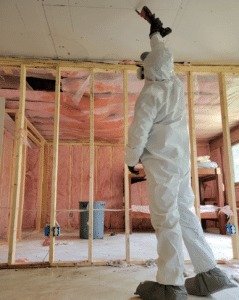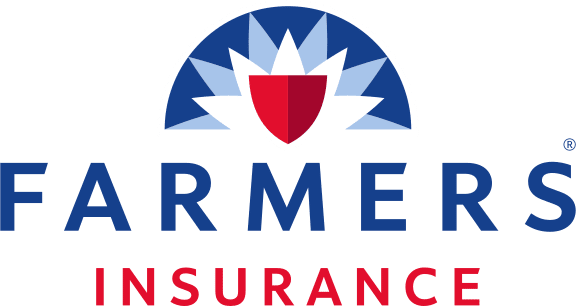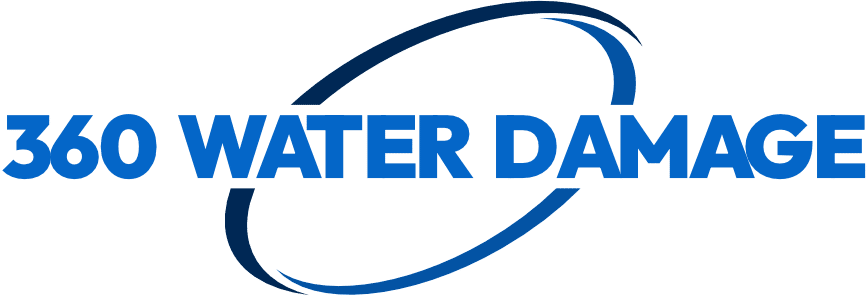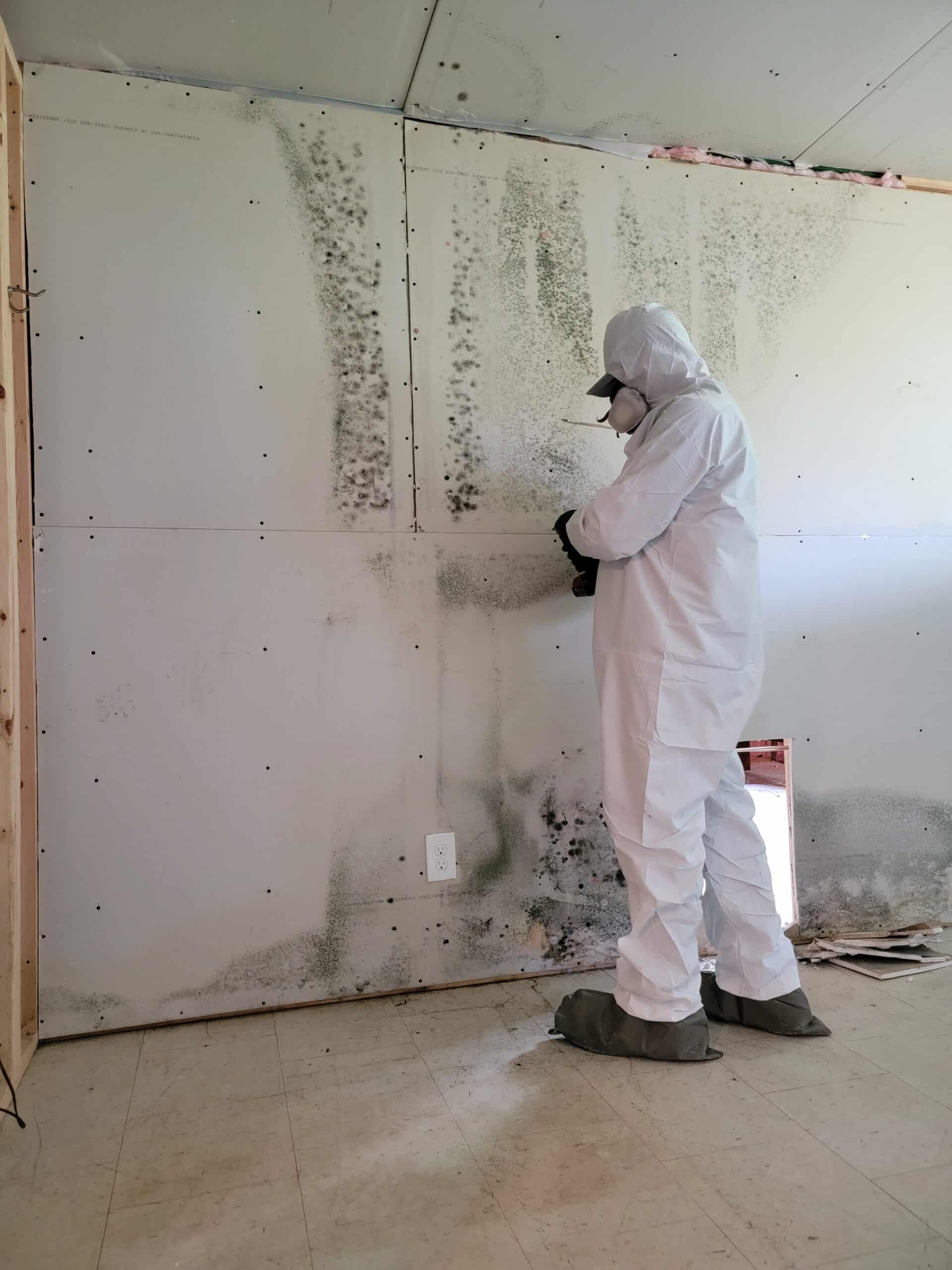Mold Remediation Services
Mold remediation is a crucial process for addressing mold infestations in homes and businesses, especially given the health risks and structural damage mold can cause. 360 Water Damage approach to mold remediation seems to focus on efficiency, effectiveness, and preventative measures. Here’s a general overview of what mold remediation typically involves, aligning with the approach you mentioned:
- Initial Inspection and Assessment: The first step in mold remediation is to identify the source and extent of the mold growth. This involves a thorough inspection of the property, often using specialized equipment to detect hidden mold.
- Containment: To prevent the spread of mold spores during the cleanup process, the affected area is contained. This might involve sealing off the area with plastic sheeting and using negative air pressure.
- Air Filtration: Air scrubbers and HEPA filters are used to clean the air of mold spores and other particulates. This is a crucial step to improve air quality and prevent the spread of mold to other areas.
- Mold Removal: Depending on the extent of the mold and the materials affected, this can involve either cleaning or removing and replacing the contaminated materials. Porous materials like drywall and insulation may need to be discarded, while non-porous surfaces can often be cleaned and disinfected.
- Cleaning and Sanitizing: This involves cleaning and sanitizing the affected area, as well as any items that can be salvaged. Techniques can include wet cleaning, dry cleaning, foam cleaning, and immersion cleaning.
- Restoration: The final step involves repairing or replacing materials that were removed during the remediation process. This could include minor repairs like replacing drywall, or it could involve major renovations, depending on the extent of the damage.
- Preventative Measures: Effective mold remediation also includes measures to prevent future mold growth. This might involve addressing the source of moisture that led to the mold issue, such as fixing leaks or improving ventilation.
If you detect a musty odor or see visible mold in your home or business, it’s indeed important to take prompt action. Mold can spread rapidly and cause various health issues, particularly for individuals with respiratory conditions like asthma or allergies.

Mold Exposure Symptoms
Mold exposure can significantly affect indoor air quality, and its presence can lead to various health symptoms in individuals, especially those with allergies, weakened immune systems, or pre-existing respiratory issues. Here are some common signs indicating that mold might be impacting your air quality:
- Sneezing: Frequent, unexplained sneezing can be a reaction to mold spores in the air, particularly in individuals with mold allergies.
- Watery Eyes: Mold can irritate the eyes, leading to watering or redness, especially in sensitive individuals.
- Headaches: Exposure to mold can trigger headaches, which may range from mild to severe. These headaches can be more frequent in mold-infested environments.
- Coughing: Inhaling mold spores can irritate the respiratory tract, causing coughing as the body tries to expel these irritants.
- Irritation: This can include throat irritation, nasal stuffiness, or skin irritation, all of which can be aggravated by mold spores in the air.
- Difficulty Breathing: For those with asthma or other respiratory conditions, mold can exacerbate breathing difficulties, sometimes leading to more severe respiratory symptoms.
- Mood Changes: Though less directly associated, long-term exposure to poor air quality, including mold-infested air, can sometimes affect mood, leading to symptoms like irritability or lethargy.
- Musty Scent: A strong indicator of mold presence is a persistent musty, earthy smell. This odor is a clear sign that mold is growing somewhere in the environment, even if it’s not immediately visible.
- Stuffy Environment: If a room or building feels stuffy or has poor ventilation, this can create conditions conducive to mold growth, reducing air quality and potentially leading to the symptoms mentioned above.
It’s important to note that these symptoms can also be caused by other allergens or environmental factors. However, if these symptoms are persistent and coincide with signs of mold growth or a musty smell, it’s advisable to investigate for mold. Professional mold inspection and remediation might be necessary to ensure a safe, healthy living environment.

Attempting to remove mold yourself
Attempting to remove mold yourself can be challenging and sometimes risky, especially if the mold infestation is extensive or if you’re dealing with certain types of mold that pose higher health risks. Household cleaning methods like using bleach can be ineffective and may even exacerbate the problem. Here are key reasons why professional remediation, like the services offered by 360 Water Damage, is often recommended:
- Professional Assessment and Equipment: Certified technicians use specialized equipment to assess the mold situation accurately. This includes moisture meters, infrared cameras, and air sampling tools to detect mold even in hidden areas.
- Effective Containment: Professionals are trained to contain the mold effectively, preventing its spread to other parts of the property during the removal process. This is a critical step that might be difficult to achieve with DIY methods.
- Advanced Removal Techniques: Professional mold remediation involves using industrial-grade antifungal and antimicrobial treatments that are more effective than typical household cleaning products. These treatments eliminate mold at the source and prevent future growth.
- Health and Safety Protocols: Professionals are equipped with the necessary personal protective equipment (PPE) and follow strict safety protocols to ensure that mold removal is conducted safely, minimizing exposure to harmful mold spores.
- Thorough Cleanup and Disposal: 360 Water Damage technicians, as you mentioned, will identify and treat affected surfaces, and remove materials that cannot be completely cleared of mold. This thorough cleanup is vital for ensuring that the mold issue is fully resolved.
- Addressing the Source of Moisture: An important aspect of professional mold remediation is identifying and addressing the source of moisture that led to mold growth. This could involve repairing leaks, improving ventilation, or other moisture control strategies.
- Restoration and Prevention: Professionals not only remove the mold but also work on restoring the affected area. They can provide advice and solutions to prevent future mold issues, which is crucial for long-term property maintenance.
While small areas of mold (typically less than 10 square feet) can sometimes be handled by the property owner with proper precautions, larger or more serious infestations should be addressed by professionals like 360 Water Damage. Our expertise ensures the mold is safely and effectively removed, and the underlying issues causing the mold are addressed.

We work with all insurance companies





Don’t Hesitate! Call Us Now For Service!
MINNEAPOLIS AREA
(952) 222-8044
HUTCHINSON AREA
(612) 470-7004
Rochester MN
(952) 222-8044

